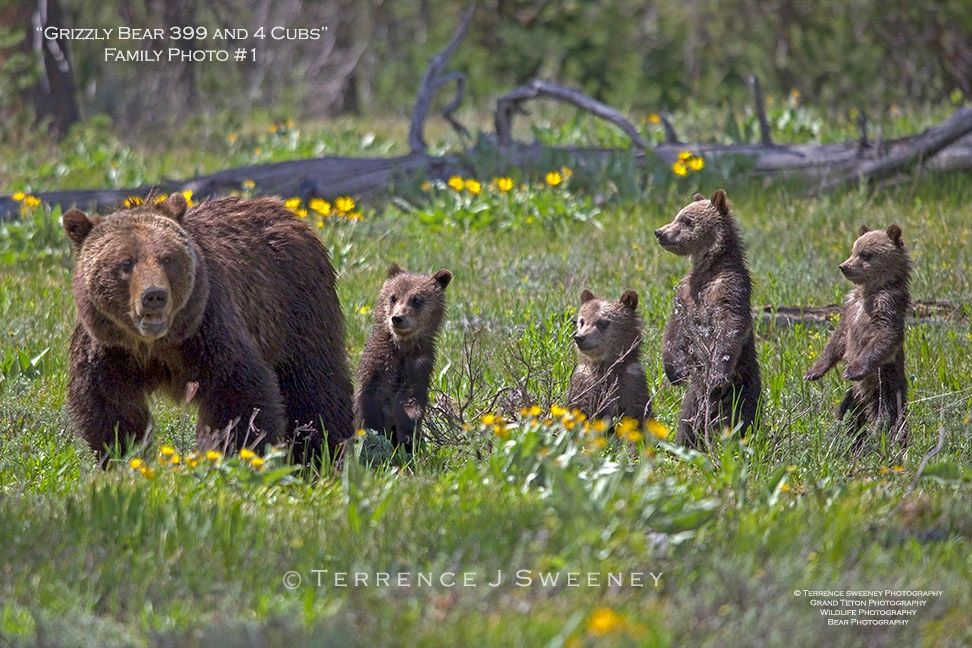If you're passionate about the outdoors and love spending time photographing wildlife, then this guide is for you! Wildlife photography is one of the most rewarding genres of photography, but it can also be one of the most challenging. In order to capture stunning images of Grand Teton National Park, you need to have a good understanding of both your equipment and your subject.

There are a few essential items that every wildlife photographer should have in their camera gear arsenal. Here is a list of the must-haves:
1. A good DSLR camera body – This is the foundation of your setup and where you will be spending the majority of your money. Make sure to do your research and find a camera body that suits your specific needs as a wildlife photographer.
2. A long telephoto lens – This is an absolute necessity for getting close-up shots of animals without disturbing them. A lens in the 300mm to 600mm range should do the trick.
3. A tripod – A good tripod will help you keep your camera steady when photographing moving targets or in low-light conditions.
4. A remote shutter release – This gadget will allow you to take photos without touching your camera, which can cause unwanted shake and blurriness.
5. Extra batteries and memory cards – You never know when you're going to capture that perfect shot, so it's always good to have extra power and storage on hand just in case.
Adding special effects, such as vignettes or black and white conversions, can also help to improve your wildlife photography.